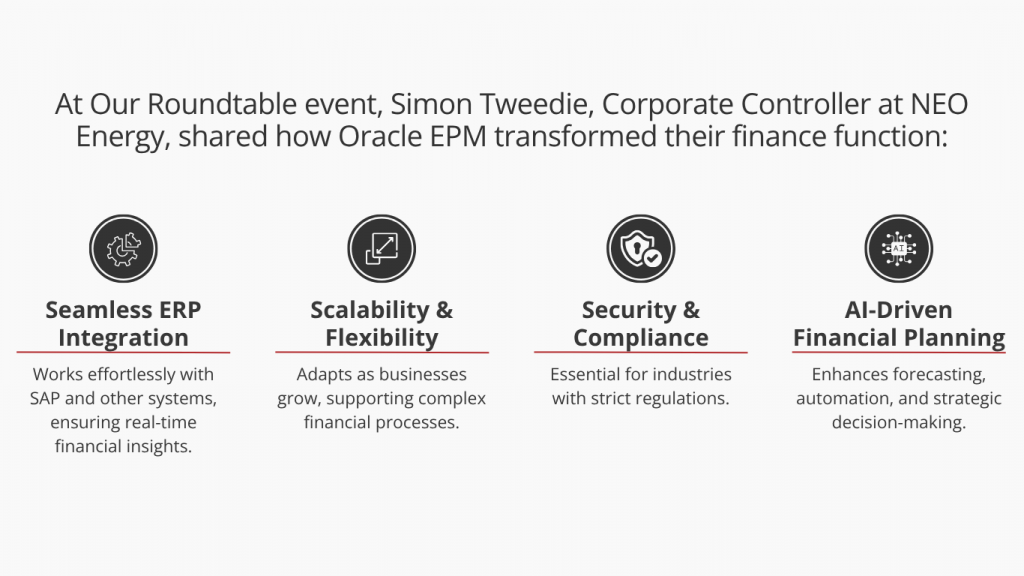
What Happens After Implementation?
Many companies invest in Oracle EPM but struggle with:
• Poor adoption – Finance teams revert to Excel.
• Junior consultants from large firms = ineffective implementation
• High costs, low value –Expensive doesn’t always mean better.
• Overwhelming process – No clear roadmap.

How We Solve These Problems Differently
• We Speak Your Language – Our experts come from finance backgrounds, so we understand your challenges first-hand.
• Boutique Means Better – No juniors, no unnecessary overheads – just direct access to senior experts with 25+ years of experience.
• User Adoption = ROI – We ensure your team actually uses the system through hands-on training and ongoing support.
• Proven Implementation Strategies – We know what works (and what doesn’t). Our structured approach ensures success.
• Cost-Effective Without Compromise – We deliver precision, efficiency, and results-without the inflated costs of large firms.
Case Study: NEO Energy |
The Challenge
NEO Energy, a North Sea oil & gas operator, relied on spreadsheet-based forecasting-risky, inefficient, and difficult to scale. They needed a centralised, automated solution for financial and quantity forecasting.
Why NEO Energy Chose GK
“We chose GK as our implementation partner because of their deep expertise and collaborative approach. They understood our challenges and worked as an extension of our team.”
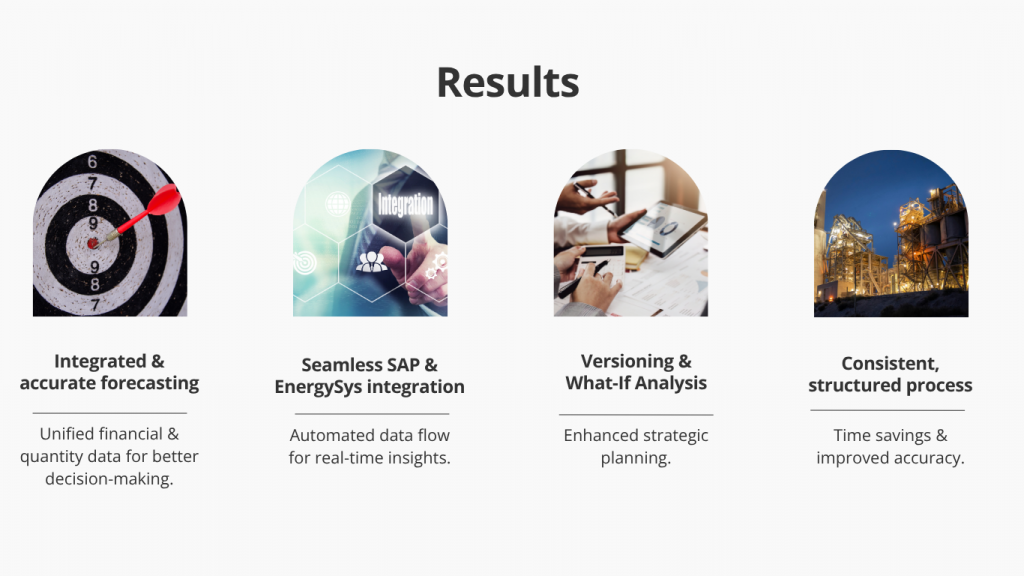
Important Oracle EPM Term: "Connected Planning"
Definition:
Connected Planning links financial, operational, and strategic planning across departments, ensuring a single source of truth for decision-making.
Why It Matters:
Disconnected spreadsheets and siloed data create inconsistencies. With Connected Planning, finance teams integrate budgeting, workforce planning, and supply chain forecasts – improving accuracy and agility.




